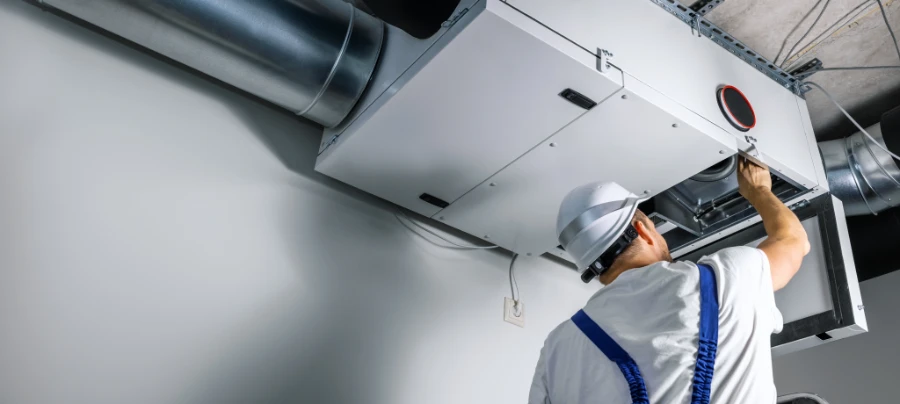
The WHO overturned dogma on how airborne diseases spread
The WHO now states that exhaled pathogens remain suspended in air contrary to the belief that pathogens were transmitted through droplets… The answer is SteriSpace®
After holding a virtual exposition last year, exhibitors at AUSA’s Annual Meeting were eager to attend in person and showcase their ingenuity while networking with some of the most innovative organizations within the defense industry.
Last month, SteriSpace attended the annual meeting and exposition for the Association of the United States Army (AUSA), the largest conference of its kind in North America. Held in Washington D.C. at Walter E. Washington Convention Center, SteriSpace connected with defense industry professionals to learn more about emerging technologies being used by the military. Panel discussions and seminars were also held on topics related to military and national security; facilitating further discussion on the biggest issues facing the armed forces today.
As political and geographic tensions continue to rise across the globe, the demand for military shelters is escalating in tandem with the need for purified air. With over 500 exhibitors taking part at the conference, an array of military technologies were on display, including military-grade shelters and containers, environmental control systems, power generators, CBRN filtration units, and more. These systems and shelters are designed to provide military grade protection against many threats the armed forces encounter in extreme conditions. However, with the COVID-19 pandemic continuing to ravage certain parts of the world, it appears that this invisible threat is here to stay regardless of the surroundings. Therefore, military technologies need to adapt by investing in technologies, such as air sterilization, to remain ahead of the curve for reducing exposure to harmful airborne contaminants.
When connecting with the various exhibitors at the AUSA exposition, we learned that many of the technologies on display can integrate with SteriSpace.
From HVAC systems, environmental control units, to CBRN filtration systems — SteriSpace can supplement these systems by destroying the airborne pathogens left behind by traditional air filtration systems. Since SteriSpace is highly durable and built to withstand rugged travel conditions, our highly versatile air sterilization technology provides a complementary solution for these systems to improve air handling.
By having the opportunity to connect with the various exhibitors, we learned that many of these organizations saw the need for air sterilization. As it stands now, however, there are currently no regulations or standards through any agency or governmental body that requires sterilized air in an enclosed space such as a shelter or storage container. Considering the environmental hazards that military personnel frequently encounter when deployed, investing in SteriSpace technology can mean staying protected on and off the battlefield.
Curious to know more about how SteriSpace can integrate with your military-grade technology? Reach out to our Air Sterilization Specialists and schedule a meeting virtually or in person.

The WHO now states that exhaled pathogens remain suspended in air contrary to the belief that pathogens were transmitted through droplets… The answer is SteriSpace®

The project, which included UB’s Center for Integrated Global Biomedical Sciences, aims to keep hospitals and schools clean from viruses and microbial growth.

Proper ventilation in buildings is vital to maintaining good air quality. Click here to find out about the correct ventilation rate in buildings.